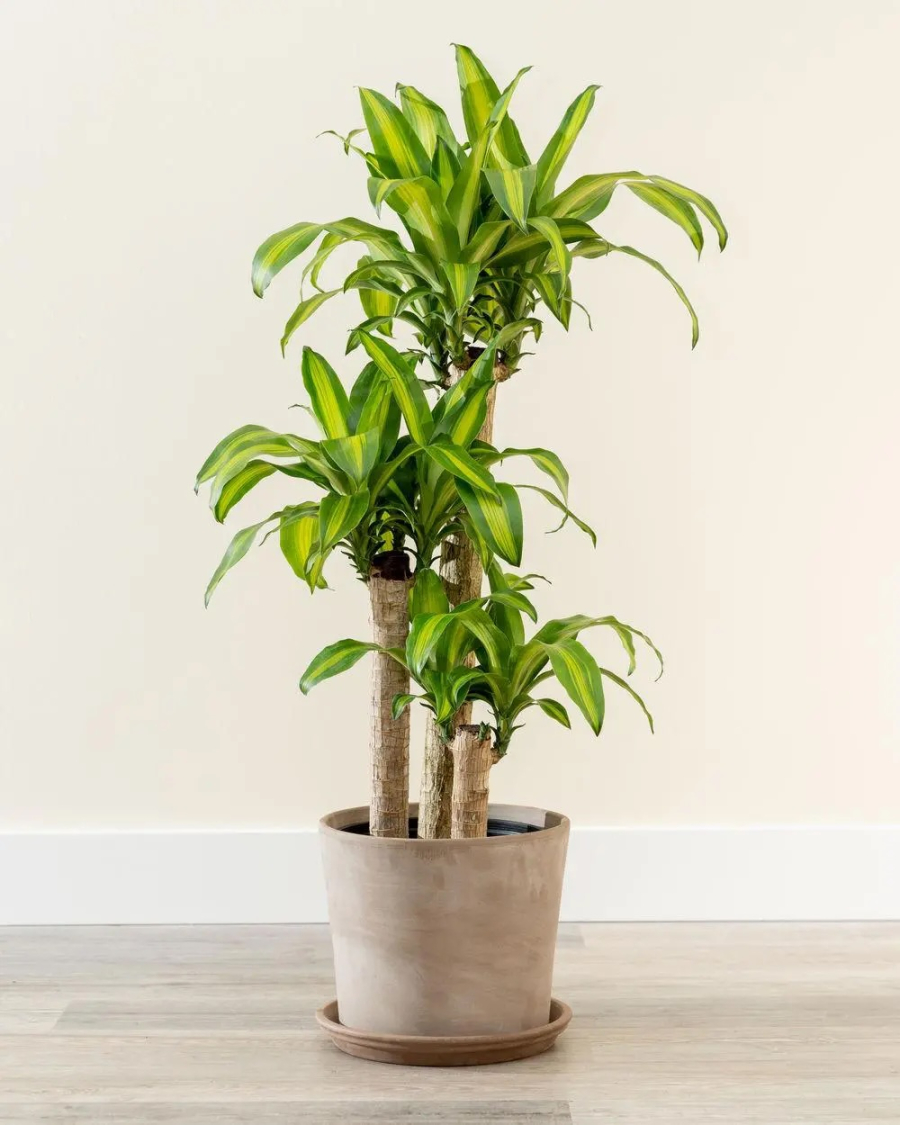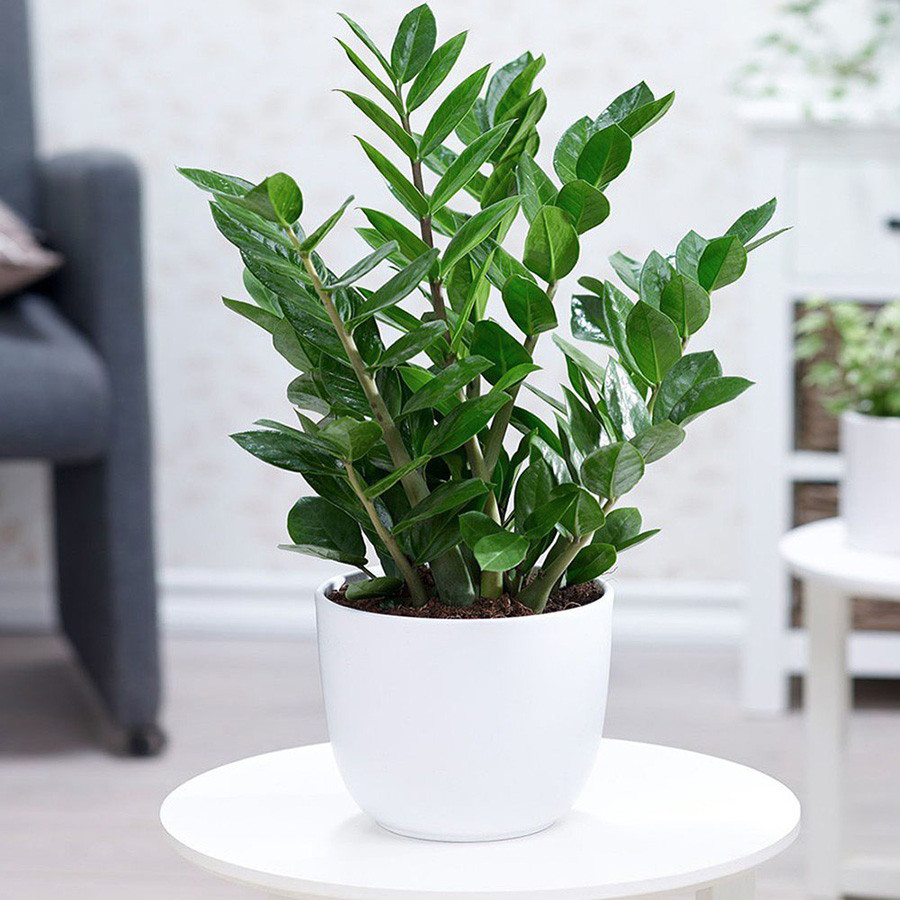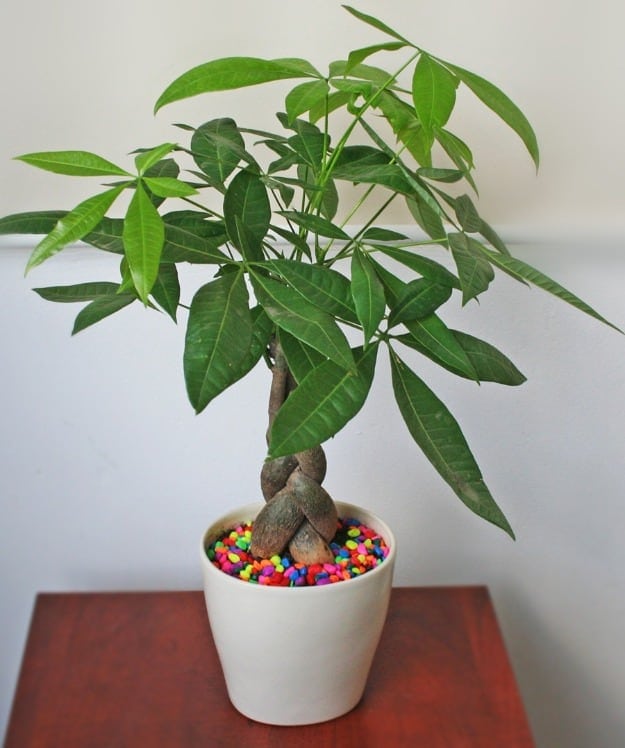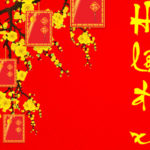Houseplants do not only bring a cool and beautiful look to your home, but they also have significant feng shui meanings. Choosing the right plants can help enhance wealth, health, and peace for homeowners.
Golden Pothos

Golden Pothos, also known as money plant, not only adds beauty to the living space but also brings many special feng shui values. As the name suggests, the money plant is considered a symbol of success, wealth, and good luck. When planted inside the house, it brings prosperity and makes the business activities easier for homeowners.
The yellow and green color of the leaves, along with its perseverance, brings vitality to the home. This plant also has the ability to regulate and purify the air, creating a comfortable and soothing environment for homeowners and enhancing their optimism. With its upright shape and neat leaves, the Golden Pothos is suitable for decorating corners of the living room or placing along hallways.
Lucky Bamboo

Lucky Bamboo, a unique indoor plant with compact size, easy to grow, and easy to care for, not only carries the meaning of integrity, honesty, and strength but also symbolizes prosperity and wealth. The vibrant color of this plant can create a lively and relaxing living space for everyone in the family.
Because of these great benefits, Lucky Bamboo becomes the top choice of many business families to display in their homes or offices. The plant can be placed in various areas of the house, from corners, work desks to outdoor gardens, creating a green and friendly living environment.
Money Tree

Money Tree, also known as Pachira Aquatica, is an easy-to-handle, long-lasting plant with a water-filled trunk, thick and shiny green leaves that create a unique beauty. With its chubby appearance and meaningful name, people believe that those who own this plant will gain wealth and prosperity. It is one of the plants symbolizing fortune and wealth, bringing good luck in feng shui.
Moreover, when placed correctly and in the right direction, this plant can bring fortune to homeowners. It is best to place the tree in well-lit areas such as walkways, entrances, or glass doors. If placed in the living room, the best location would be the southeast direction – the wealth area or the eastern direction – the wood element.
Money Plant

Money Plant, the symbol of wealth, is not only a beautiful decorative plant but also a feng shui object that brings luck and prosperity to homeowners.
Money Plant with its five leaves represents the five elements: Metal, Wood, Water, Fire, and Earth, helping maintain balance and harmony in living spaces. According to many feng shui experts, this plant has the ability to balance energy sources and control the finances of each member in the family.
With its flexible and bendable trunk, Money Plant can create various shapes and sizes, suitable for different living spaces in the house. Therefore, Money Plant is not only a decorative plant but also a symbol of prosperity and luck.
Sansevieria

Sansevieria, originally a woody plant with large size, often grows in the wild by the roadside and riverside. However, nowadays, Sansevieria has become a popular choice for home decoration because of its simple and rustic beauty with a touch of elegance.
The compact size is the standout feature of Sansevieria – the planted one in small pots. Unlike the original wild Sansevieria, the potted ones do not grow tall but are pruned and shaped in artistic ways, creating a unique beauty for the home.
In addition to the aesthetic value, Sansevieria is also favored for its effective air purification ability. Thanks to its thick leaves, this plant can absorb harmful substances and dirt, providing fresh air for your family.
Moreover, according to feng shui beliefs, Sansevieria also symbolizes abundance, luck, and wealth. The image of Sansevieria with upright leaves richly symbolizes prosperity, abundance, bringing a prosperous and prosperous life to homeowners.
Information is for reference and experience only.
Unveiling the Meaning Behind New Year’s Harvest: Tips for Having Luck in 2021
Celebrating the start of the New Year, many customs and traditions come together in a joyous expression of good fortune. From harvesting the new year’s fortune to praying for fortune and luck, the humanistic meaning behind these practices remains as relevant as ever. But what is the origin and how can we properly partake in the harvest of the new year? Read on to learn more about this fascinating custom.



































